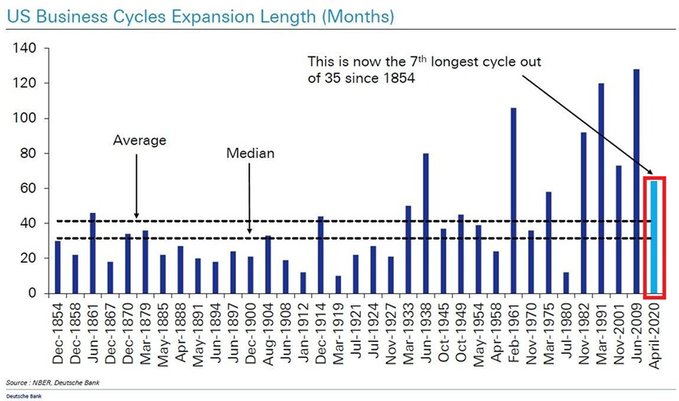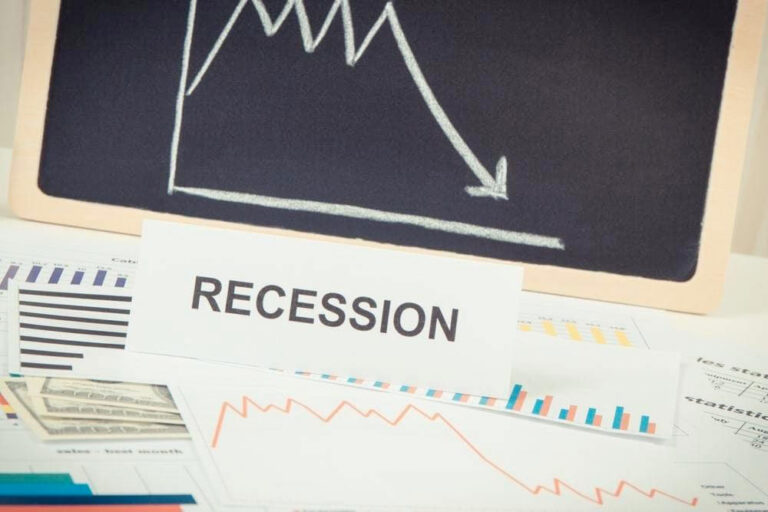The U.S. economy has now logged 63 consecutive months of expansion, marking the seventh-longest economic expansion since 1854, according to data from the National Bureau of Economic Research.
This stretch stands well above the historical average expansion length of approximately 42 months and the median of around 30 months, as shown in the chart.
The current cycle stands out compared to earlier ones, which frequently ended in under 40 months.
In contrast, post-1980 expansions, such as those beginning in 1991, 2001, and 2009, have been notably longer, with the 2009–2020 cycle setting the record at roughly 125 months.

This trend points to a structural shift in the economy, likely driven by aggressive monetary easing, low interest rates, and historically large fiscal deficits. These tools have enabled policymakers to extend economic growth and delay recessions.
What’s next for the economy
However, with inflation now moderating and the Federal Reserve potentially poised to cut interest rates, attention is turning to whether such a move will spur further expansion or signal underlying weakness that could precede a downturn, as per insights shared by financial markets commentary platform The Kobeissi Letter.
As the economy moves deeper into extended territory, the key question is whether history will repeat itself or whether today’s cycle, like others since the 1980s, continues to defy past norms.
This long stretch comes at a time when analysts are issuing fresh warnings about the economy’s near-term prospects. As reported by Finbold, Moody’s Analytics chief economist Mark Zandi pointed to concerns such as slowing job growth and stagnant consumer spending.
Zandi highlighted that consumer spending has been flat since late 2023 and warned that upcoming tariff-driven price increases could further weaken demand.
At the same time, with inflation still above target and mortgage rates hovering near 7%, straining the housing market, Zandi maintains a cautious outlook.
While recession fears have somewhat cooled in recent months, aided by trade deals with key partners following uncertainty tied to the April 1 ‘Liberation Day’, concerns about the economy’s resilience remain.
Featured image via Shutterstock









